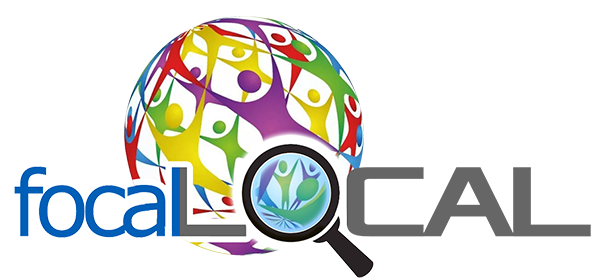Hockey
Origins
Until the mid-1980s it was generally accepted that ice hockey derived from English field hockey and Indian lacrosse and was spread throughout Canada by British soldiers in the mid-1800s. Research then turned up mention of a hockeylike game, played in the early 1800s in Nova Scotia by the Mi’kmaq (Micmac) Indians, which appeared to have been heavily influenced by the Irish game of hurling; it included the use of a “hurley” (stick) and a square wooden block instead of a ball. It was probably fundamentally this game that spread throughout Canada via Scottish and Irish immigrants and the British army. The players adopted elements of field hockey, such as the “bully” (later the face-off) and “shinning” (hitting one’s opponent on the shins with the stick or playing with the stick on one “shin” or side); this evolved into an informal ice game later known as shinny or shinty. The name hockey—as the organized game came to be known—has been attributed to the French word hoquet (shepherd’s stick). The term rink, referring to the designated area of play, was originally used in the game of curling in 18th-century Scotland. Early hockey games allowed as many as 30 players a side on the ice, and the goals were two stones, each frozen into one end of the ice. The first use of a puck instead of a ball was recorded at Kingston Harbour, Ontario, Canada, in 1860.

